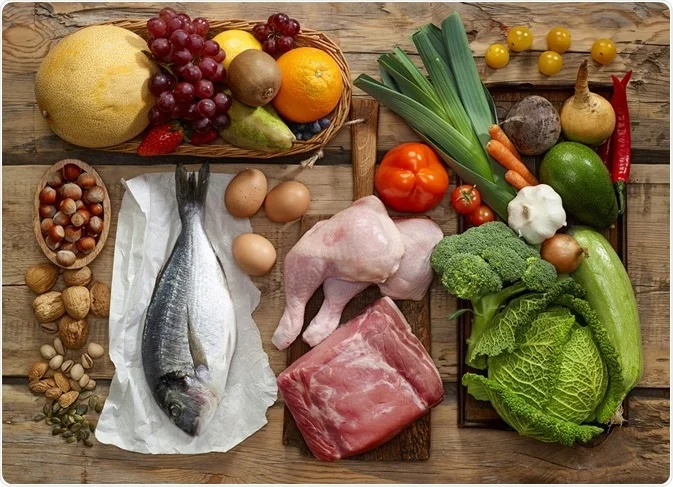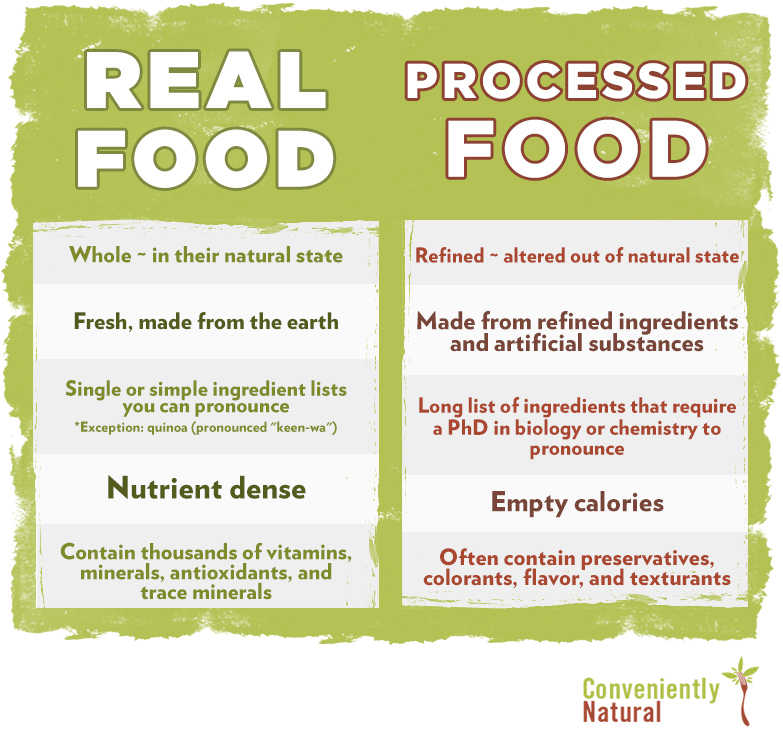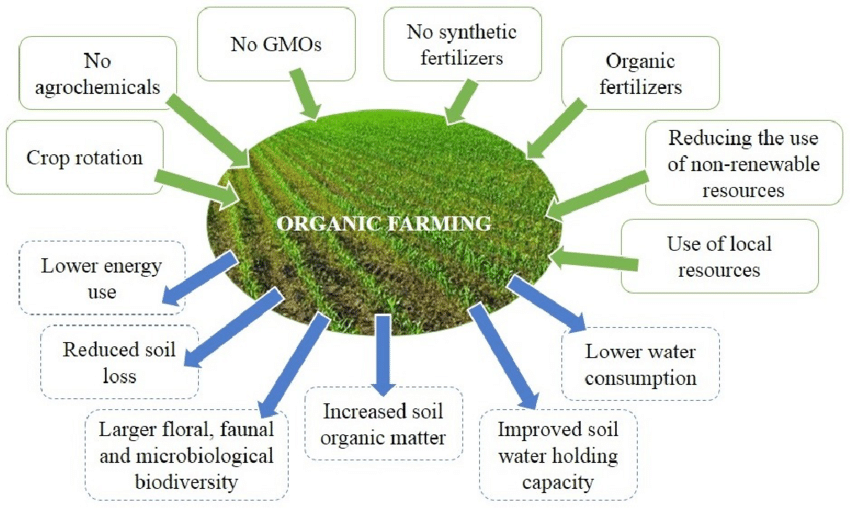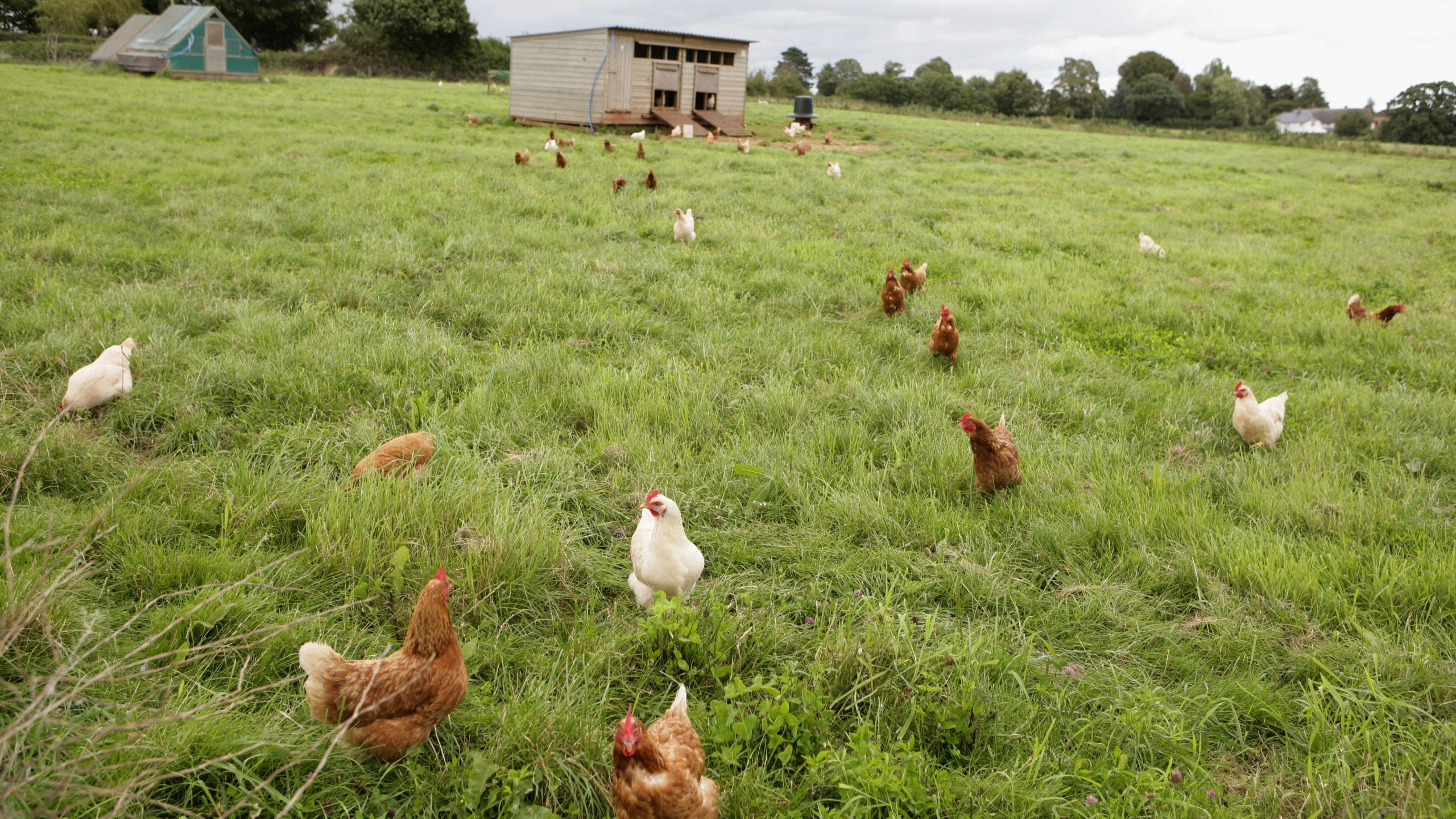
A whole foods paradigm might be thought of as a conscientious distinction and way of eating from that of processed food purchases and consumption. Whole foods can be defined as plant and animal foods that are raised and nourished from their natural environments, while remaining in their original forms, and consumed unaltered.1 Conversely, processed foods can be characterized as all biological, physical, and chemical techniques that occur after foods are separated from nature and before they are consumed or used in the development of meals.2As a means of appreciating the health benefits of a whole foods approach, the following will explore the same and how this author implements said model professionally, and personally.

Whole foods, by the definition above, generally confer additional benefits to the consumer not only due to the additional nutrients found therein, but by the absence of fewer toxins.1(13) Generally, processed and inorganic foods contain higher levels pesticides, fungicides, and herbicides; compounds designed to kill.1(13) Furthermore, said compounds can indiscriminately destroy beneficial microorganisms which maintain soil fertility, health, and the degree of micronutrients transported to the plant.1(14)Such a combination of events are likely to introduce less nutrition to the individual in addition to toxins carried and stored by the plant matter. Ultimately, individuals are likely to experience less nutrition and increased toxin load.

Whole foods tend to not only introduce less xenobiotics; as briefly mentioned in the above section, such foods also confer higher amounts of macronutrients and micronutrients to the individual.1(13)Organic farming practices are largely responsible for such benefits as rotating crops and implementing cover crops (helps control weeds, pests, soil erosion) reducing the need for aggressive chemical interventions.3 Furthermore,public consumer interest continues to grow within regions of North America. Such an example can be seen in Connecticut, Maine, Massachusetts, New Hampshire, Rhode Island, and Vermont; within the periods between 2011 and 2016, the number of farms and land area for production of organic vegetables expanded by over 50%.3(1)

This author has been purchasing organic produce, when and where possible, in the St. John’s / Corner Brook region of Newfoundland since circa 2015. Local stores for such purchases include Colemans, Dominion, and Sobeys. However, local farmers such as Oliver’s Farm report raising cows, chickens, lamb, and turkeys without the use of antibiotics/growth hormone, and place animals to roam freely until slaughter. Furthermore, said animals are able to graze from the land in addition to consuming grass gathered by the owners. Dave and Dell Oliver, owners of Oliver’s Farm, reported that their business has not been certified as organic, citing challenges procuring said designation.
In conclusion, implementation of a whole foods approach and organic animal/plant produce, when and where possible, can help liberate individuals from xenobiotics and excessive exposure to sugars, salts, and omega-6 fatty acids; constituents of ultra-processed foods and an underlying cause of obesity and chronic disease.3(4)Ultimately, and most relevantly, such knowledge has helped galvanize this author’s decision in continued promotion of whole food and organic approaches when helping clients and the general public achieve optimal health outcomes.
References
1. Nardocci M,Leclerc BS, Louzada ML, Monteiro CA, Batal M, Moubarac JC.Consumption of ultra-processed foods and obesity in Canada. Can J Public Health. 2019;110:4-14. doi:ttps://doi.org/10.17269/s41997-018-0130-x.
2. Larkin RP. Effects of cover crops, rotation, and biological control products on soil properties and productivity in organic vegetable production in the northern US. Organic Agriculture. 2019;1-16. doi:10.1007/s13165-019-00257-3.
-Michael McIsaac
